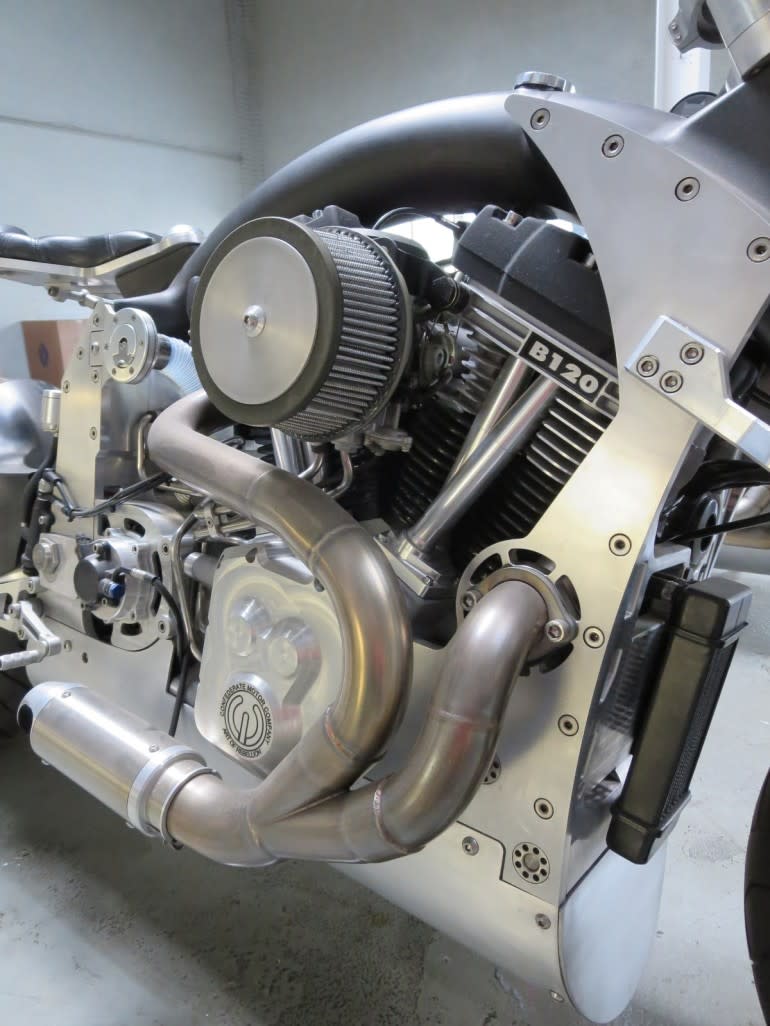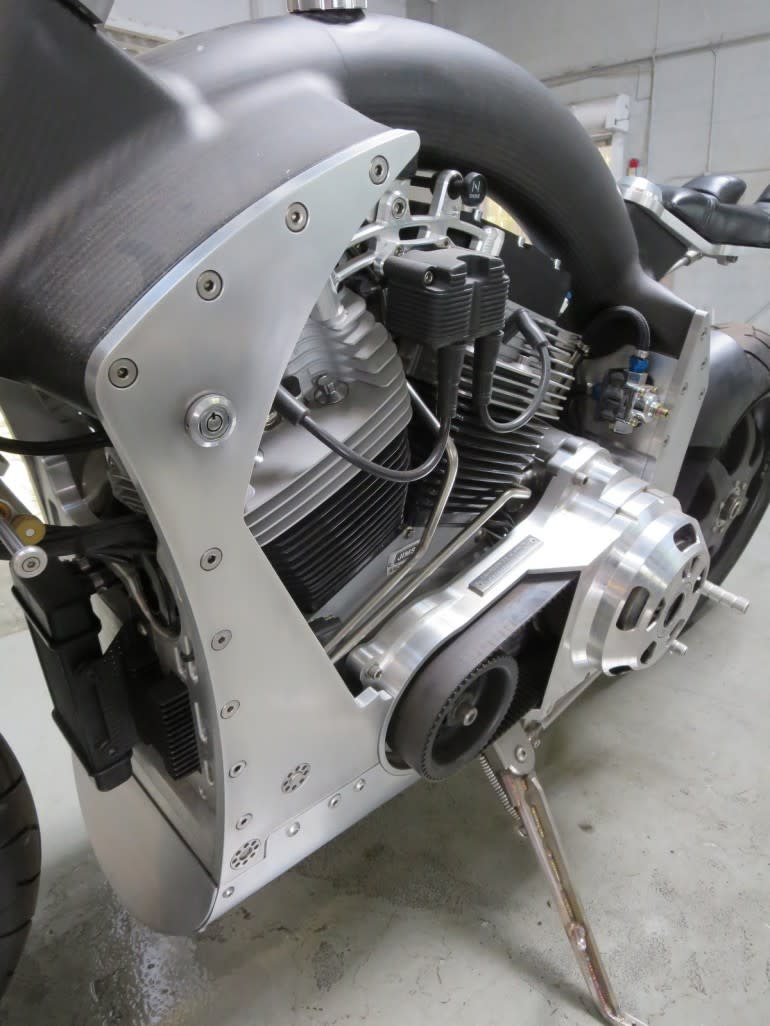Odd Bike: The Confederate Wraith - Part II
It is late 2005 and Confederate Motors is in shambles. Fresh from the epic high of securing a high-profile investor in the Middle East, the company’s president Matt Chambers and lead designer JT Nesbitt returned to their New Orleans base of operations to discover that their factory has been destroyed by the winds and flooding brought on by Hurricane Katrina. With their facilities in ruins and their insurance company bankrupted by the claims in the aftermath of the storm, it looks like the infamous purveyor of brutal, radical and rebellious motorcycles is no more. Katrina has seemingly crushed the hopes of bringing Nesbitt’s iconoclastic Wraith design to production.
READ THE FIRST INSTALLMENT: Odd Bike: The Confederate Wraith - Part I | RideApart

Courtesy Jason Cormier
The situation appeared dire and the circumstances were debilitating, particularly for a tiny boutique manufacturer that had constantly fought with debt, flirted with bankruptcy, and struggled to meet the demand for their two-wheeled anti-establishment icons. A few frames and components were salvaged from the ruined factory, as were most of the computer files and company books, but the operation was a long way away from building bikes - particularly when New Orleans was still wracked with instability, crime and resource shortages in the wake of flooding. In spite of the literal collapse of their New Orleans factory, Confederate’s anonymous investor/saviour had maintained his end of the agreement and would provide the capital needed to renew the company. The question remained: with the factory gone and New Orleans in shambles, where would Confederate build its bikes?

Courtesy Jason Cormier
The unstable period following Katrina led to a great deal of internal turmoil and emotional conflicts within the company. Former employees of Confederate often liken their time at the company as being part of a “family”, a tight-knit and sometimes conflicted group of misfits who loved each other as much as they believed in the machines they were helping create. Many suffered long hours and paltry (or nonexistent) wages to help support the company in times of financial trouble, their contributions a true labour of love that spoke to the passion they felt for what they were building and the charismatic nature of the philosophy that Chambers espoused.

Courtesy Jason Cormier
It was not a surprise, then, that following the horror of Katrina and the destruction of the factory many intense emotions would come to fore. The period following the hurricane is rife with conflicting stories, disagreements, and defensive statements that need not be repeated here. All that is important for the telling of this story was that the ultimate outcome was that Chambers made a decision to leave New Orleans and start the company anew in a more favourable location, and JT Nesbitt made the decision to leave the company and remain in Louisiana.

Courtesy Jason Cormier
MUST SEE: Honda BULLDOG Unveiled - Would You Ride It? | RideApart

 Yahoo Autos
Yahoo Autos 
